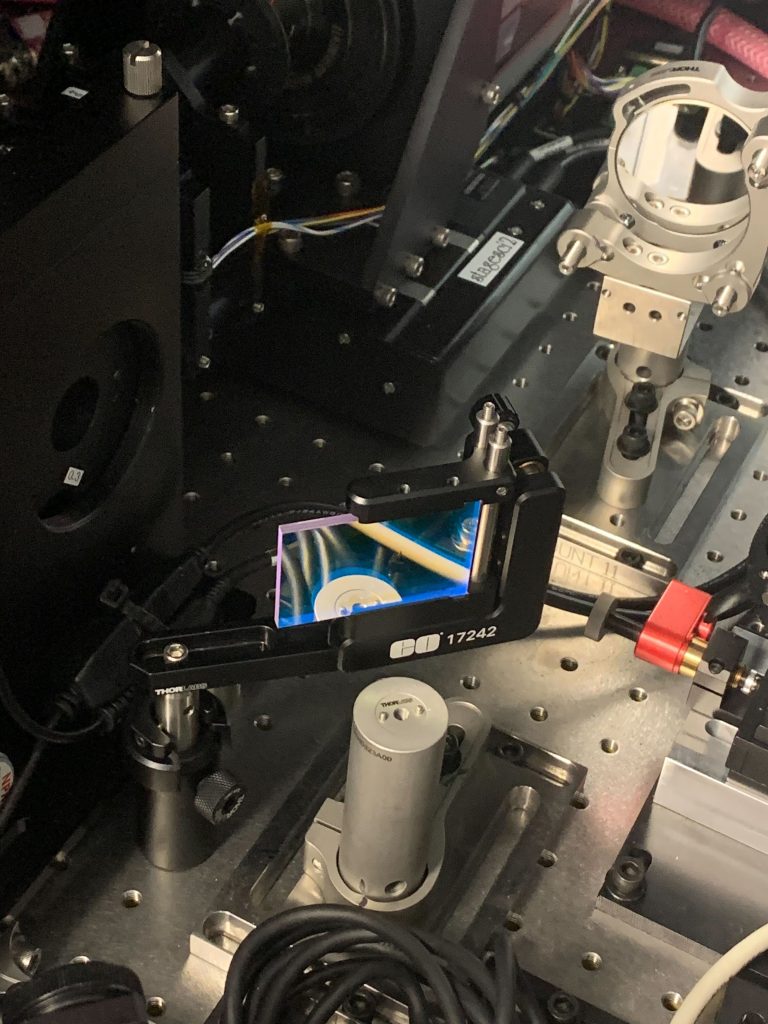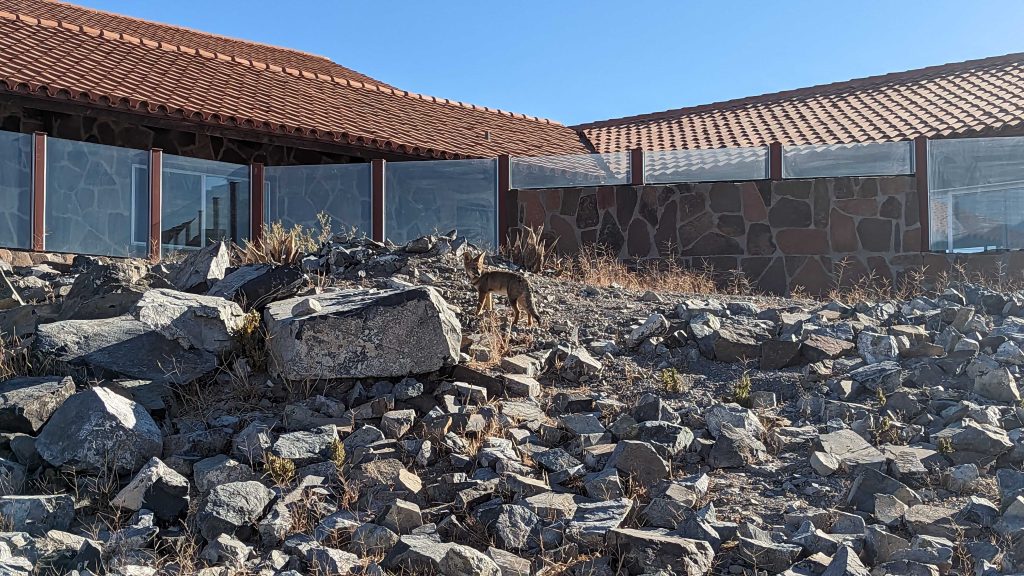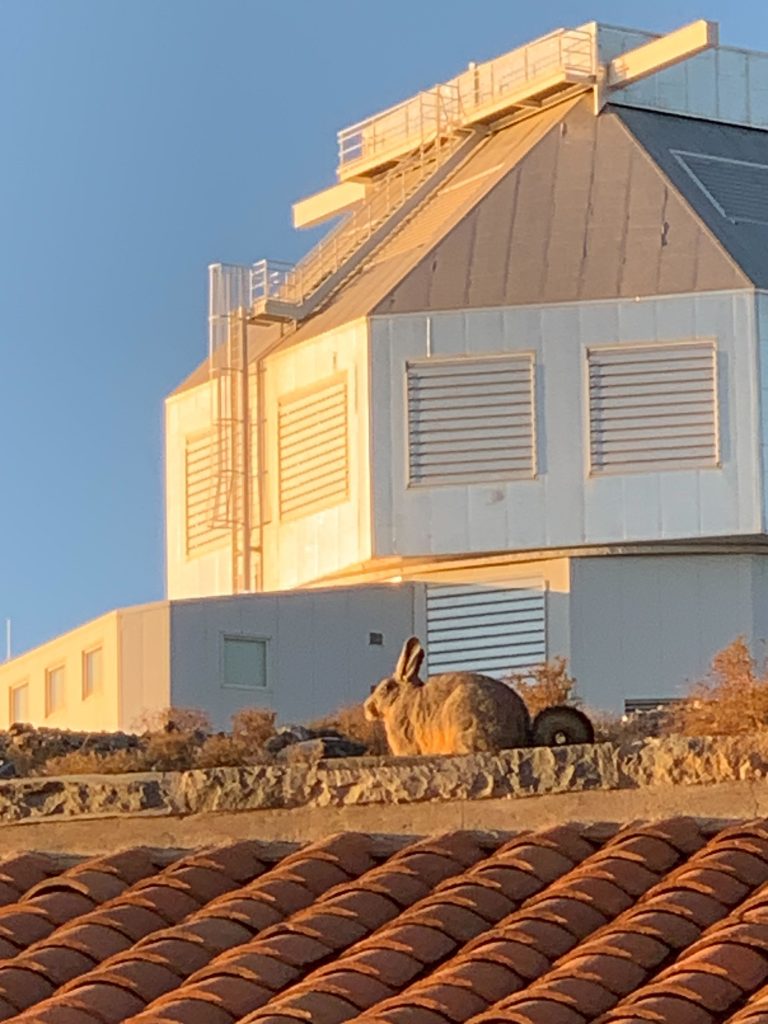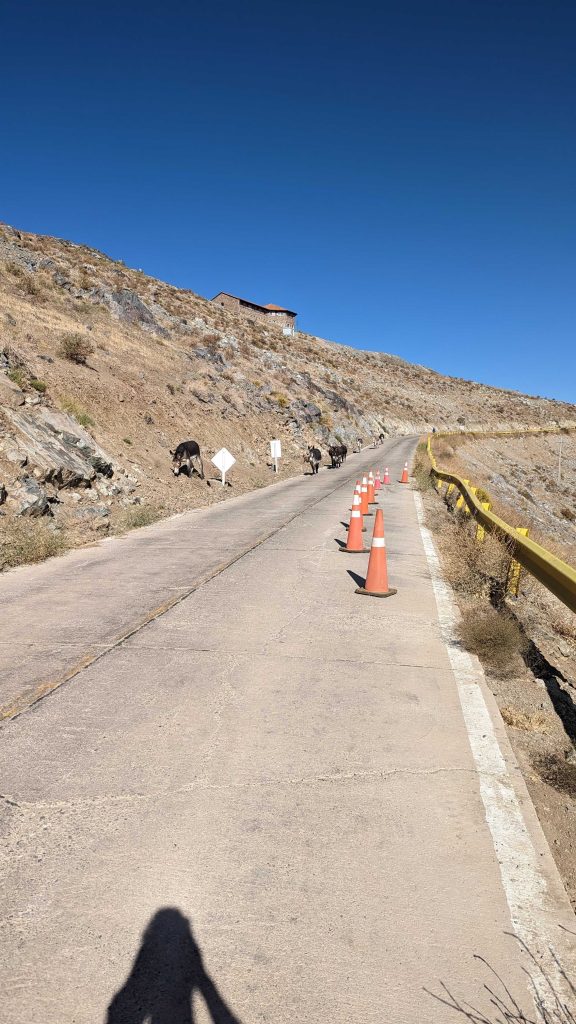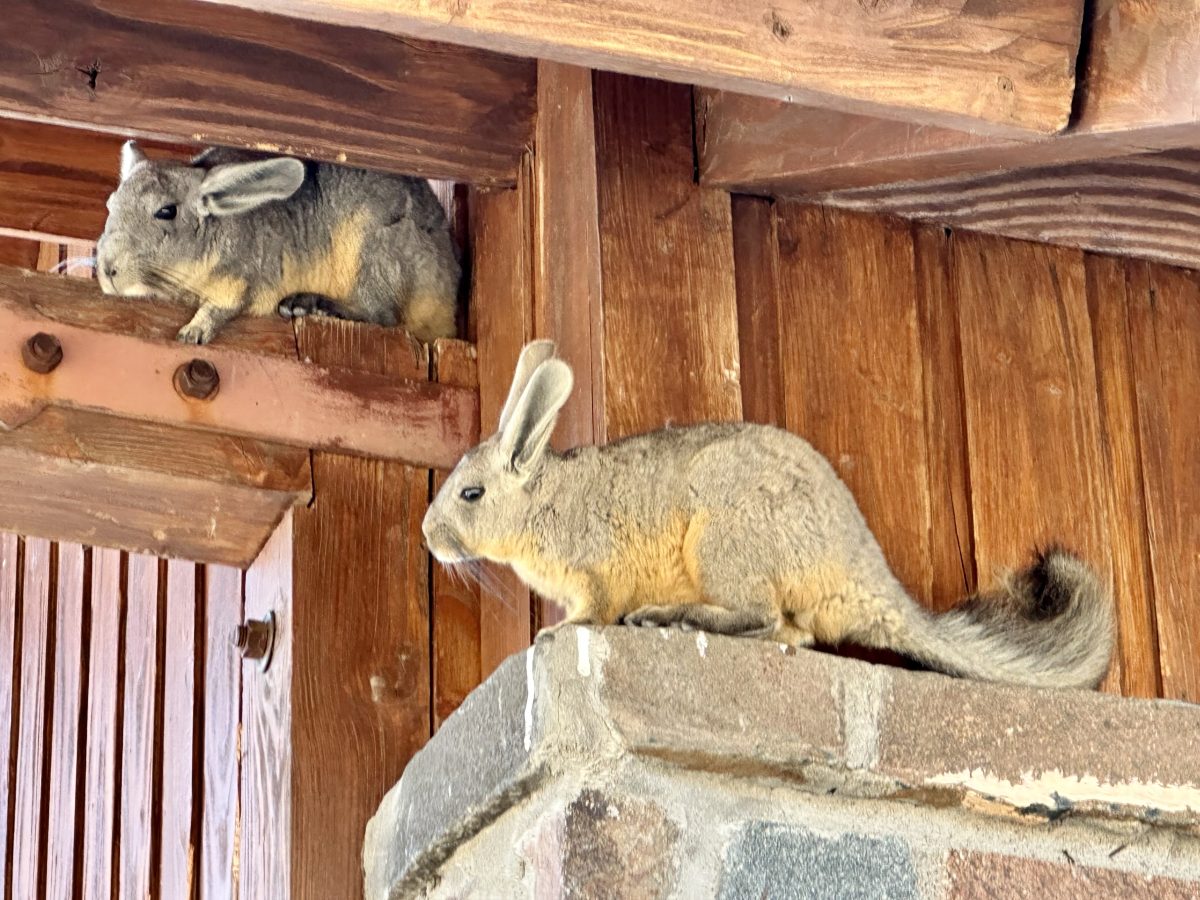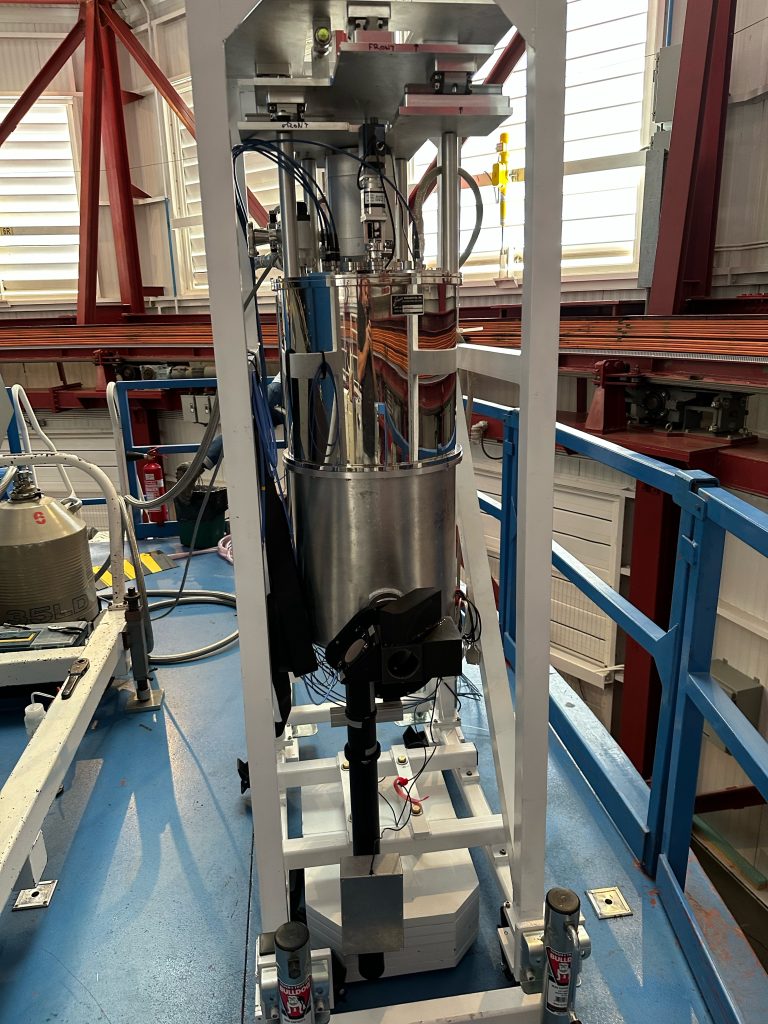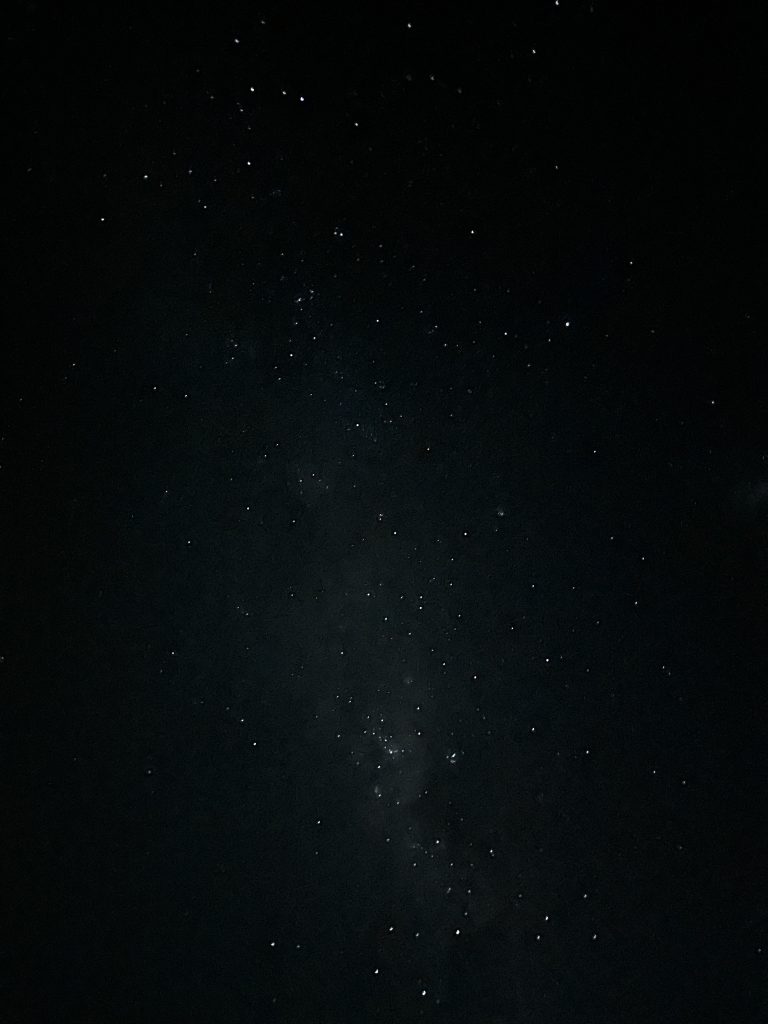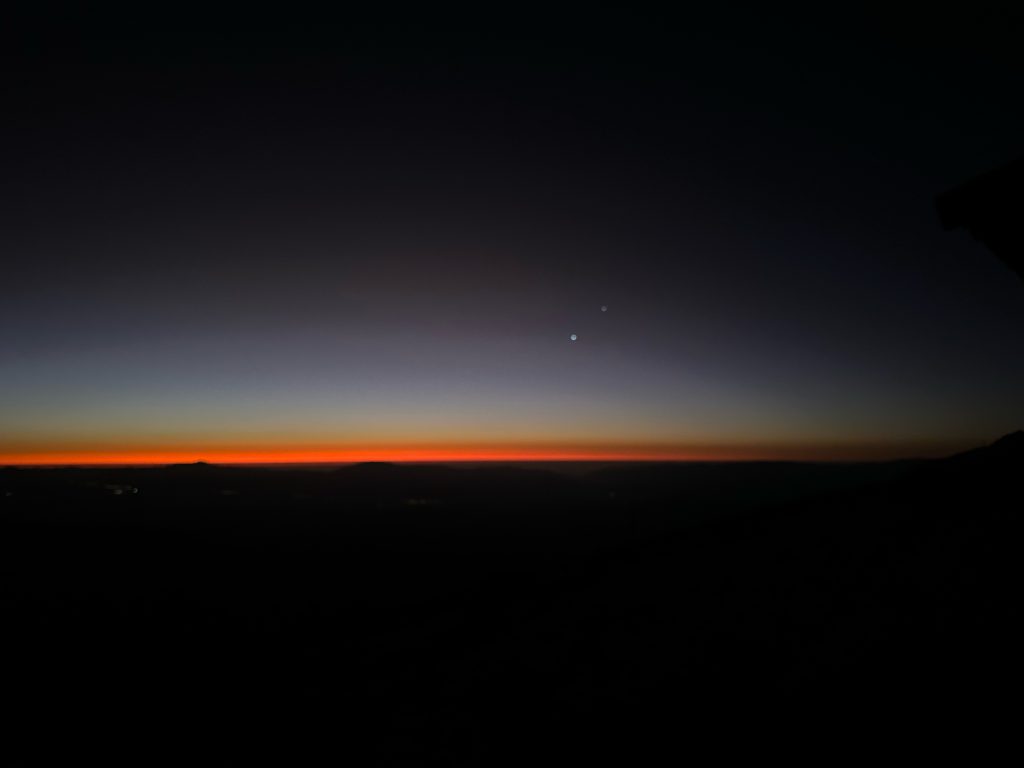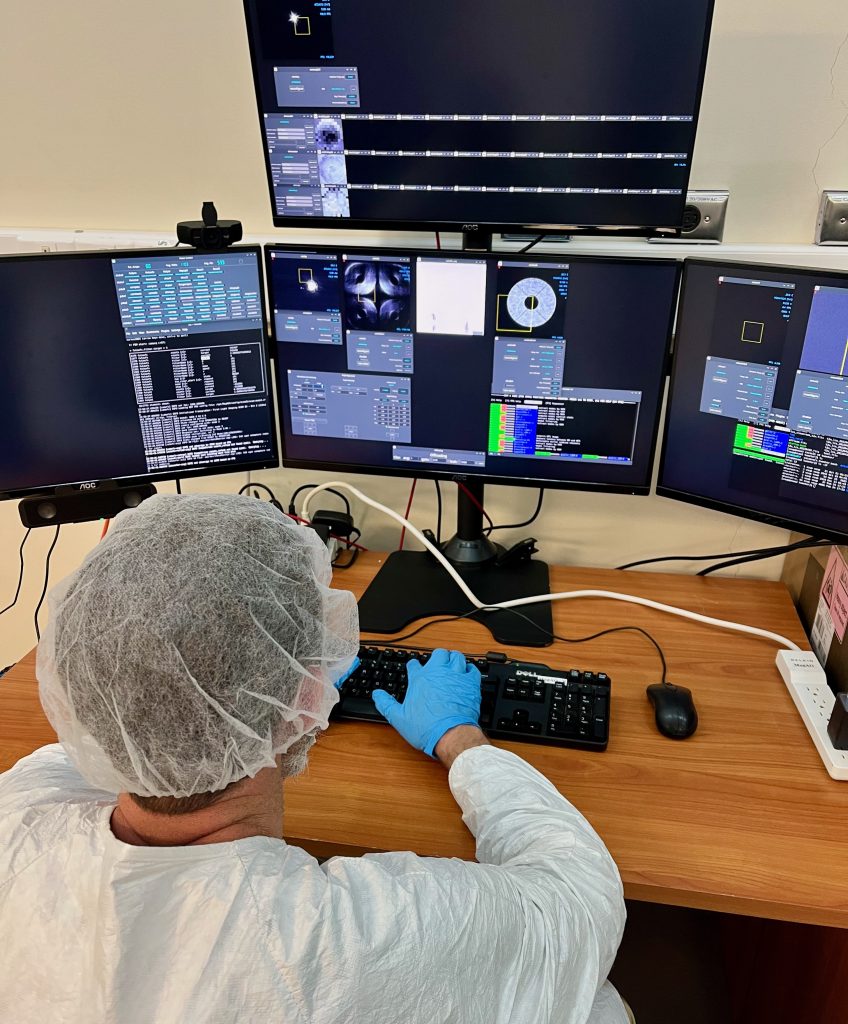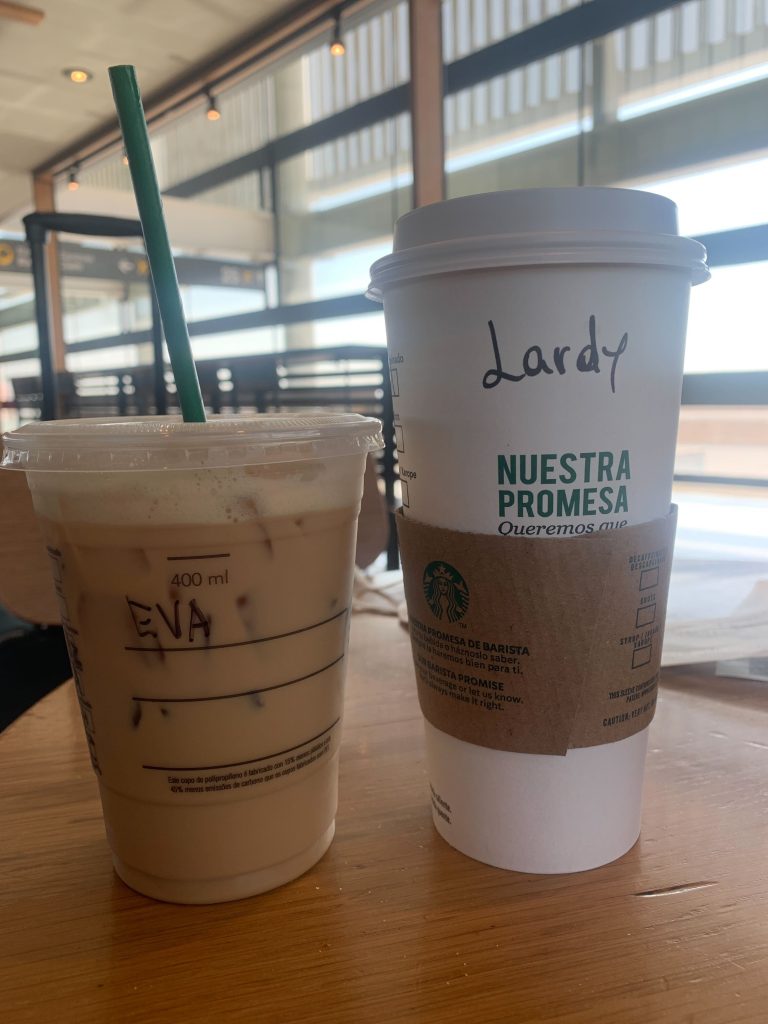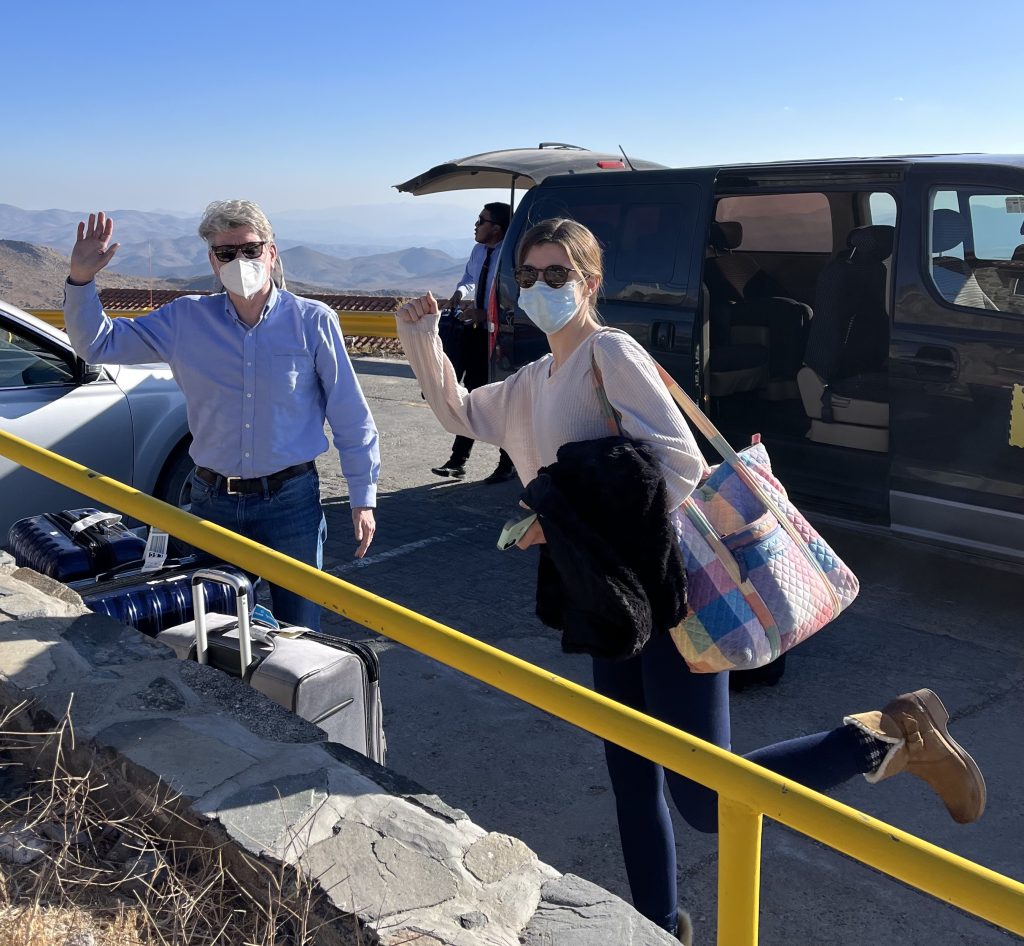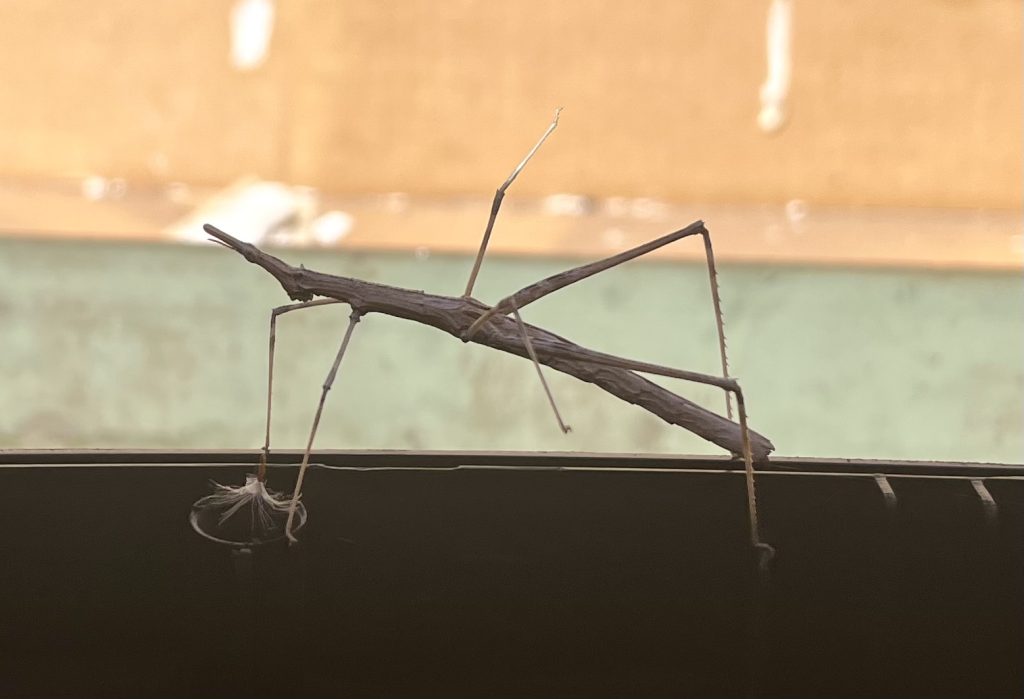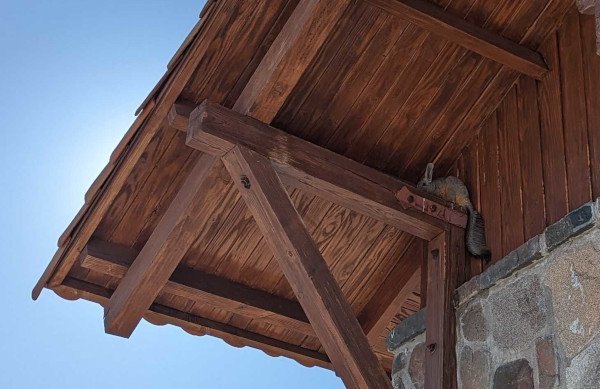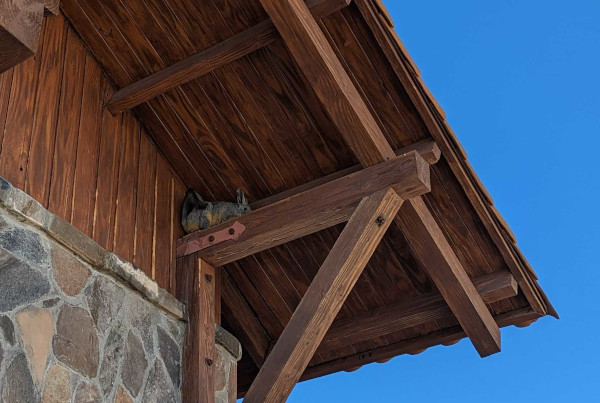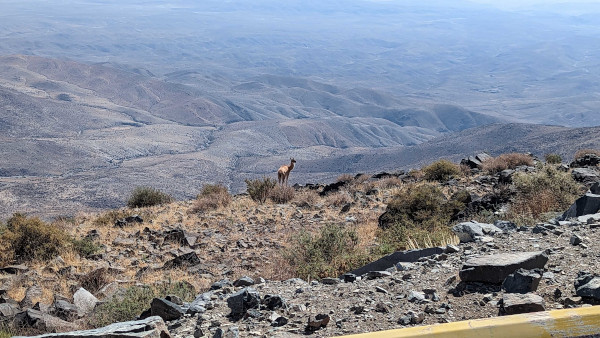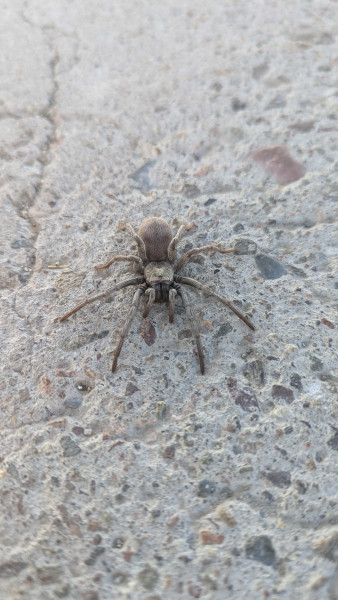I’m a C++ programmer, which means I’ve been here for a week. Consequences include I’m doing laundry already, and I have no idea what day of the week it is (that might be a memory leak joke).
Sebastiaan and Warren arrived today, and immediately started tearing the instrument apart (as expected).
The XKID crew warmed it up today to inspect some things on the inside, which gave us an opportunity to go visit and see the guts up close.
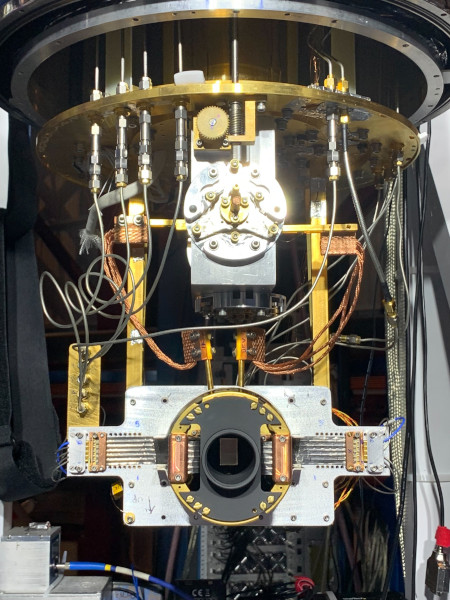
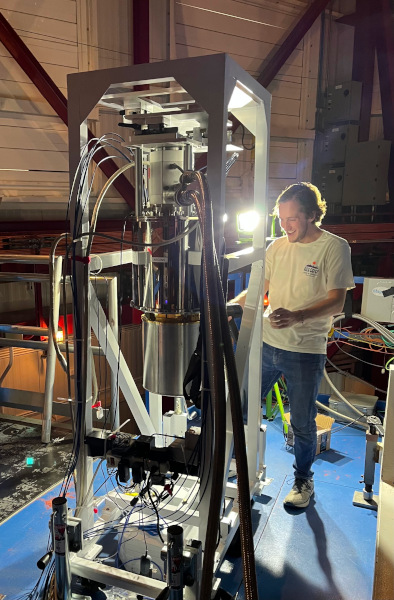
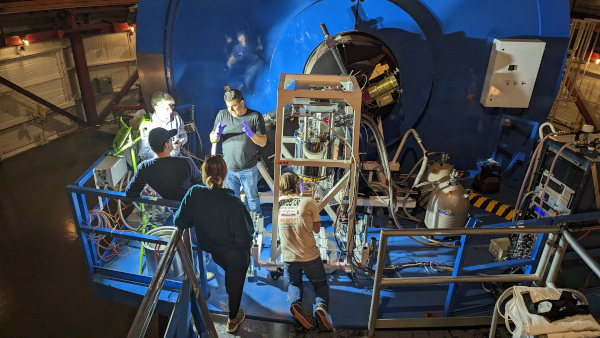
We’ve been seeing these Neotropical Stick Grasshoppers a bunch. This one was flexing for me after lunch:
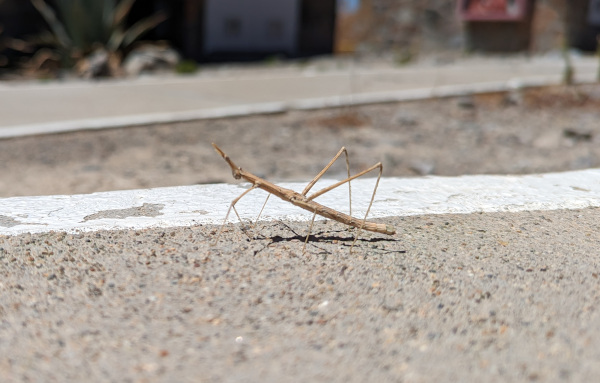
The machine shop sink outside the cleanroom has been decorated:
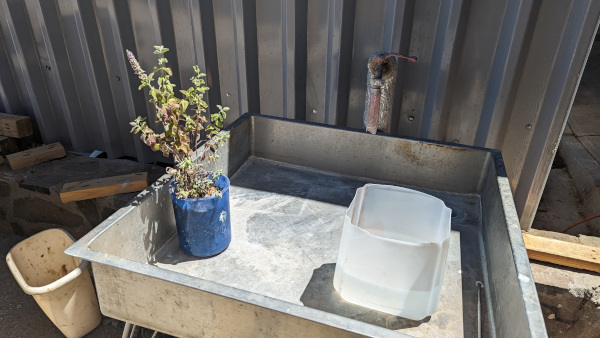
I think one of our cleanroom friends overdid the sun bathing today, and was a little out of it at sunset.
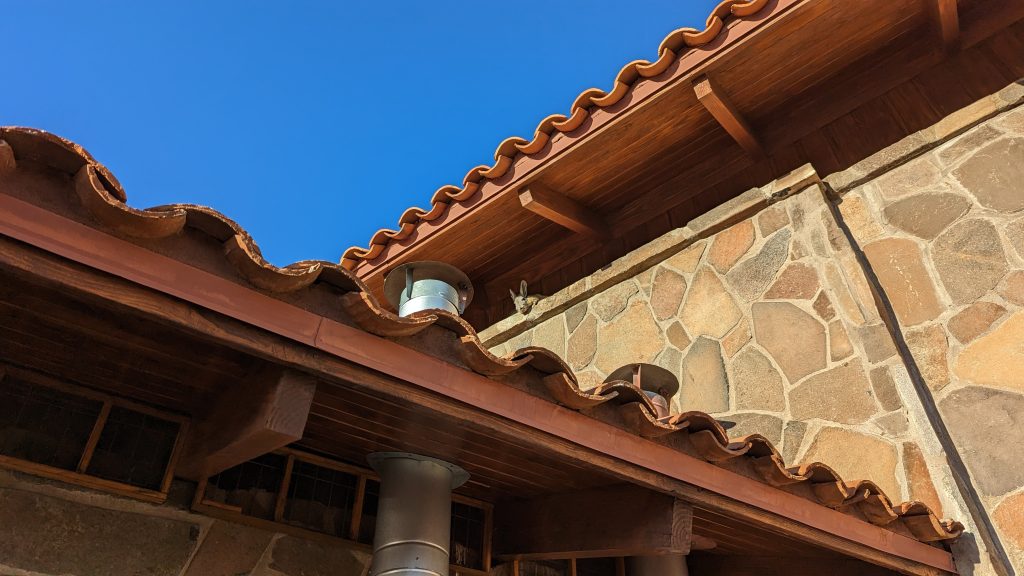
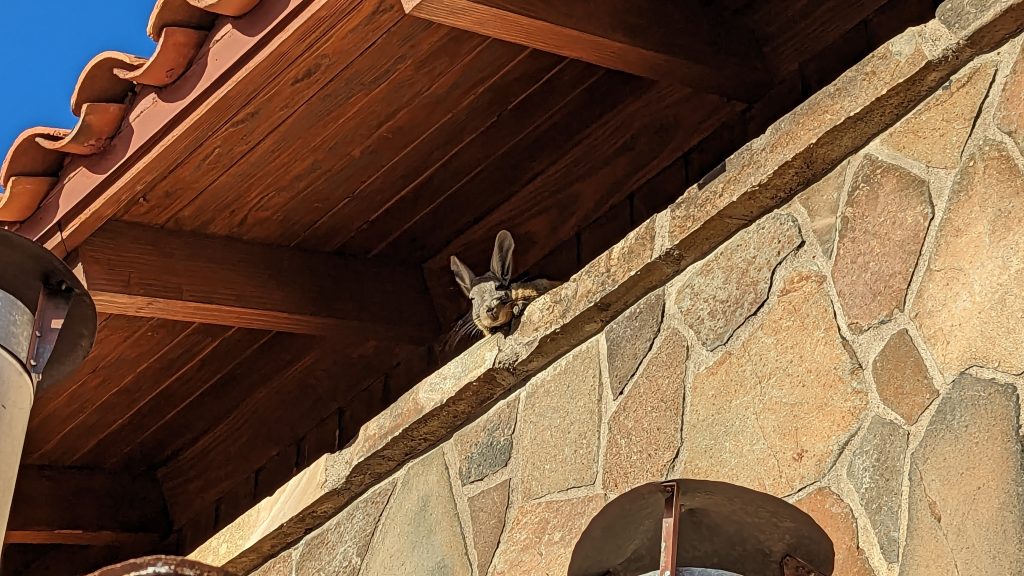
As in all things in life, there are ways to separate the people who have really made it. The signs are there if you look:
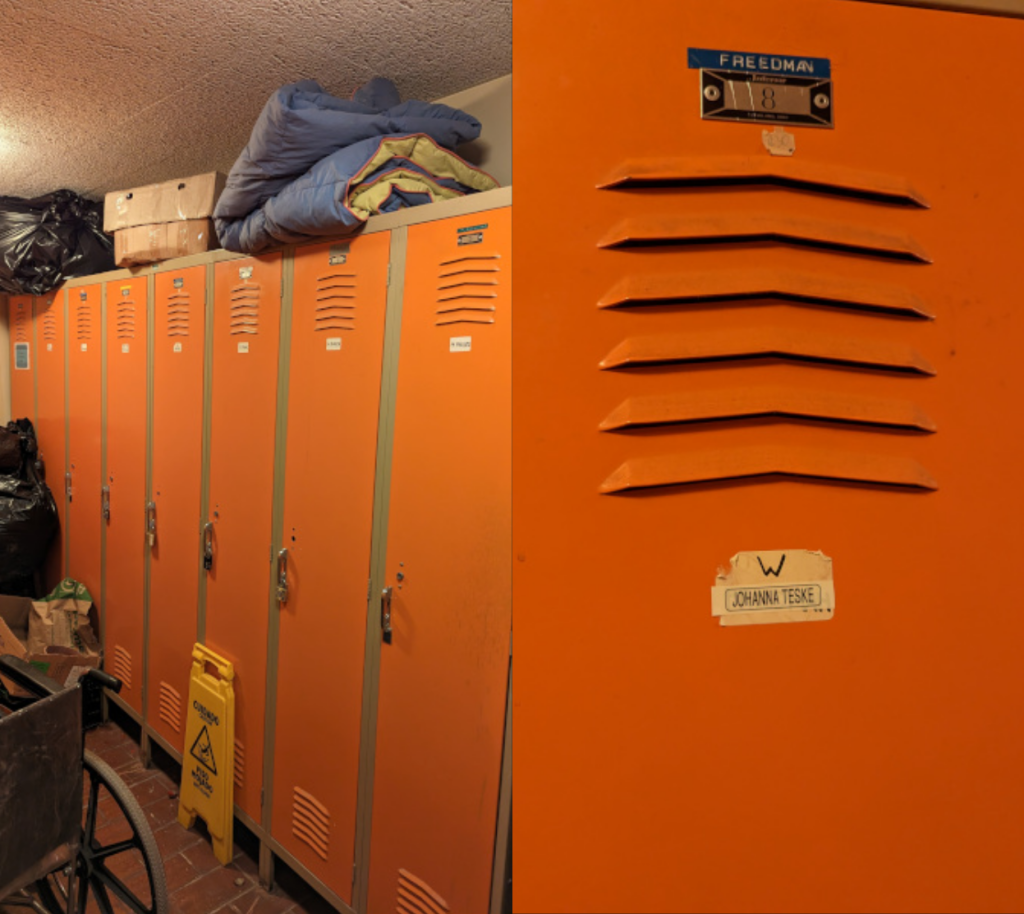
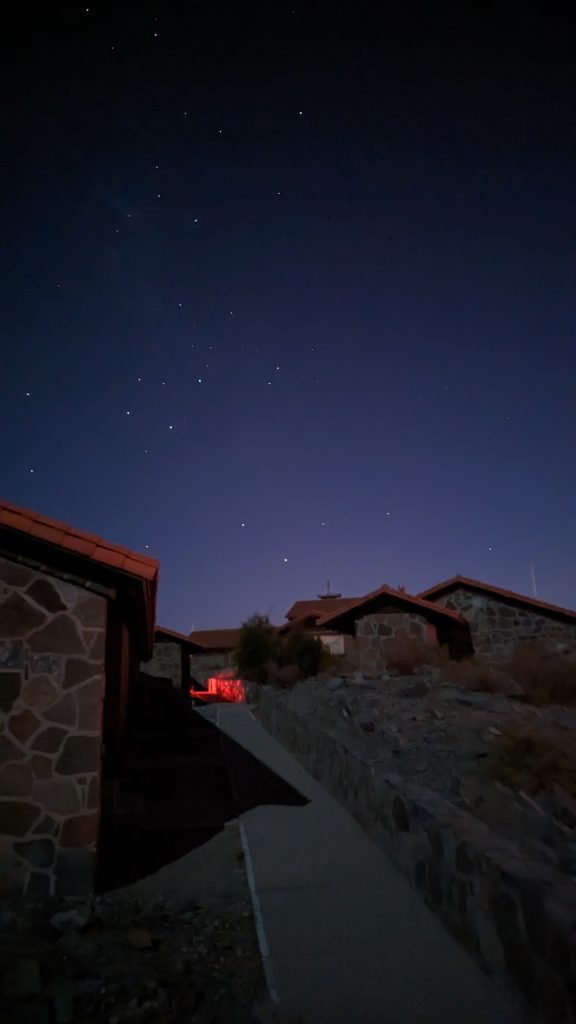
So you could title my series of songs “concerts I went to with my best friend Ben.” Here we switch from country to hard rock and metal, and this will be the first in a sub-series about a specific show. We went to a concert in Omaha to see a band (coming up, no spoilers here), for which there were two openers. The first opener was a total surprise, that no one there had ever heard of (we didn’t even know there was going to be a first opener). I’m not trying to be that guy, you know, cool before it was cool.
They come out, and I’m grumpy “who the F is this?” And then Ben looks at me and says “are they . . . do they have … bagpipes?”. And then it was on, into the mosh pit we went. The band was KoRn (I can’t do the R right here). Awesome show. Ben still has a dollar bill signed by Jonathan Davis in the CD case he bought that night. KoRn got huge shortly after and we get to say we saw them when.
So here’s my favorite KoRn song:
Update: I am a big enough deal that I travel with my own personal tech support. Thanks to Joseph I can now write KoЯN.
